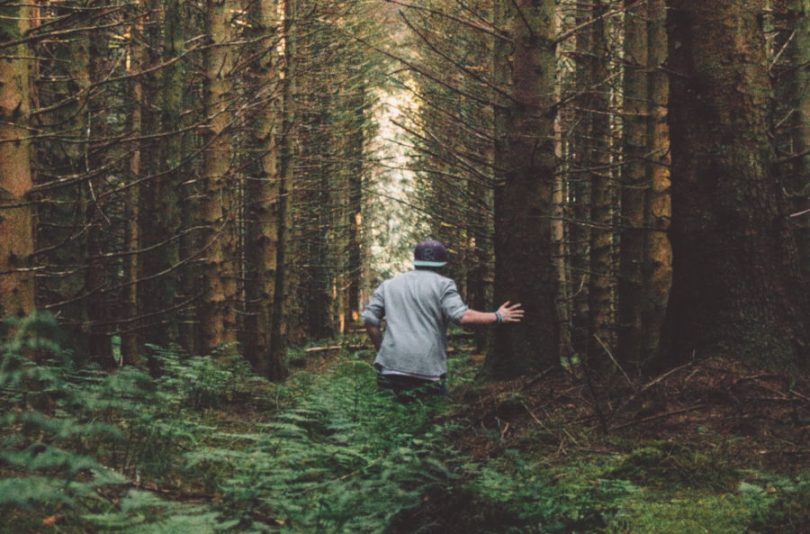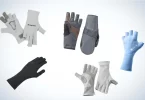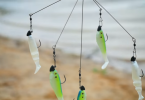It doesn’t matter if you like to go hiking, camping, rock climbing, or engage in any other outdoor activity; you never know what can happen. Even though you don’t have to stay at home or cancel all your plans, it is crucial and useful to know how to survive in the wild even if you have nothing with you.
It takes actual ability and tenacity to survive in the outdoors without any supplies. It’s a chance to demonstrate your personality and your level of proficiency with the great outdoors and basic survival skills.
People who enjoy the outdoors know that it is difficult to survive in the wild. But it’s not impossible. You may be confident that you’ll make it out of the wilderness alive if you have the necessary knowledge and abilities to survive in the wild without anything. Without delving too deeply, we’ll go through all the steps you must follow and factors you should consider.
- Build shelter
To shield yourself from the elements, you will require shelter. Some wild creatures are more likely to attack you if you are out in the open, so a shelter can also help keep you safe from them. In the wild, building a survival shelter is surprisingly simple. Don’t forget to build your shelter before it gets dark.
Finding a natural shelter in the woods is the finest and simplest choice. A position up against a steep hillside or even a place down with dry land below can be suitable.
- Search for a fallen tree.
- Look for bigger branches and place them as close together as you can.
- Use tiny branches to fill the spaces between the larger ones.
- Put dry leaves or pine needles on the ground within the shelter.
- Search food
Though our bodies can last longer than three weeks without food, we should not put off looking for food because we will lose energy every hour and need more energy to complete each subsequent task.
In fact, there is plenty of food in the outdoors if you know where to seek it and how to find it. The ideal foods to eat under these circumstances are readily available and have a high concentration of nutrition and energy. Your primary food sources in a survival situation would be wild animals, wild plants, insects, and bugs. Following are some wild food options:
- Bugs: In reality, bugs are quite nourishing. It probably sounds disgusting to you to eat them, but they are rich in protein, iron, calcium, and good fats.
- Wild plants: When it comes to eating wild plants, never eat anything until you are sure it is edible.
- Nuts: Keep an eye out for nearby nut trees because their fruits are safe to consume.
- Berries: Berries are loaded with sugar, which will keep you pumped and energized. You should use caution when picking berries because not all berries are edible and safe.
- Sharp stick: Prepare a sharp stick that you can throw for yourself. You’ll be able to hunt and catch tiny mammals, such as rabbits, squirrels, and other small mammals.
- Find water
Water is the most crucial resource for survival in the wild. You cannot go for an extended period of time without water, and even if you can, you will be weak and your chances of surviving in the wilderness would be poor to none. If possible, try to locate a brook or creek where you can get some water. You can use these methods to obtain water if there isn’t a ready supply nearby:
- Collect rainwater: If it is raining where you are, find a container to collect the rainwater. Anything that can hold and store rainwater can serve as a container, bottle, or other type of storage device.
- Follow ants: If you notice a line of ants climbing a tree, there is likely a water cache hidden in a groove in the tree.
- Dig for water: If you dig, do so near areas with a lot of lush greenery or areas with dried-up streams, as there is a better chance of finding water beneath these surfaces.
- Beneath the rocks: The rocks inhibit evaporation; thus, there is a possibility of locating water or dew beneath them.
- Collect Dew: Dew can be collected by removing your shirt and pressing it against the ground. The dew can then be squeezed into your mouth or a water bottle.
Stay Warm
You should prioritize warmth because temperatures in the woods can drop suddenly. Maintaining a comfortable temperature is just as crucial to survival as eating. Your body will also need more calories if you are cold. You can increase your warmth in many various ways.
- You’ll stay warm from your own body heat in a well-constructed survival shelter.
- You can bury yourself in the dirt to stay warm because it is an excellent insulator.
- Additionally, cover yourself as much as possible with the nearby dry leaves, pine needles, and other debris to stay warm.
- Lighting a fire is another method to keep warm. A fire not only keeps you warm but also keeps animals and insects away, allows you to prepare food and boil water, and even serves as a warning signal.
- Signal for Help
If you end up stuck in the wilderness, it’s generally a good idea to signal your location. A few ways to seek help include:
- Ignite a fire: Igniting a fire could serve as a call for help. Smoke may be visible during the day, and the fire is undoubtedly visible at night, especially from above. Attempt to start it in a clear area where trees won’t obstruct the view from above if the plane flies by.
- Mirror usage: To signal for rescue, you must use the sun’s rays to strike the mirror and reflect on a passing plane.
- Write the word “HELP”: You can make the word “HELP” by using stones, sticks, branches, or anything else on the ground. The term must be written in an area that is clear and without obstructions.
- Wave clothes: One practical approach to asking for help is to make flags out of your clothes and let them flutter in the wind.
Get Yourself Ready for Survival
The best thing to do is to be prepared for the worst possible case, even though learning how to live in the wilderness with nothing is simple and practical. Here are a few things you may do to prepare for any survival circumstances when you might need a few tools or devices.
- Build a personal shelter for survival and spend the night there.
- Practice the bow drill. The simplest method for starting a fire with friction is this.
- Create a basic survival kit. In survival situations, even the smallest quantity of the bare essentials can make a significant difference.








